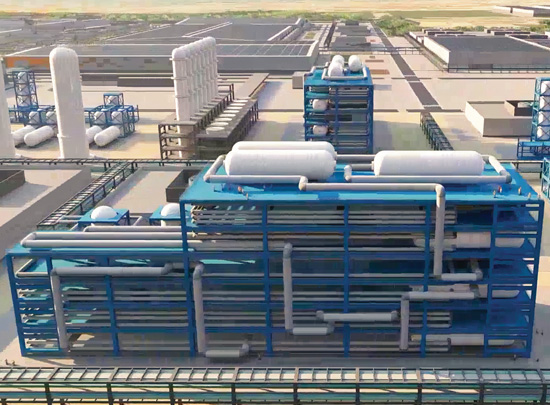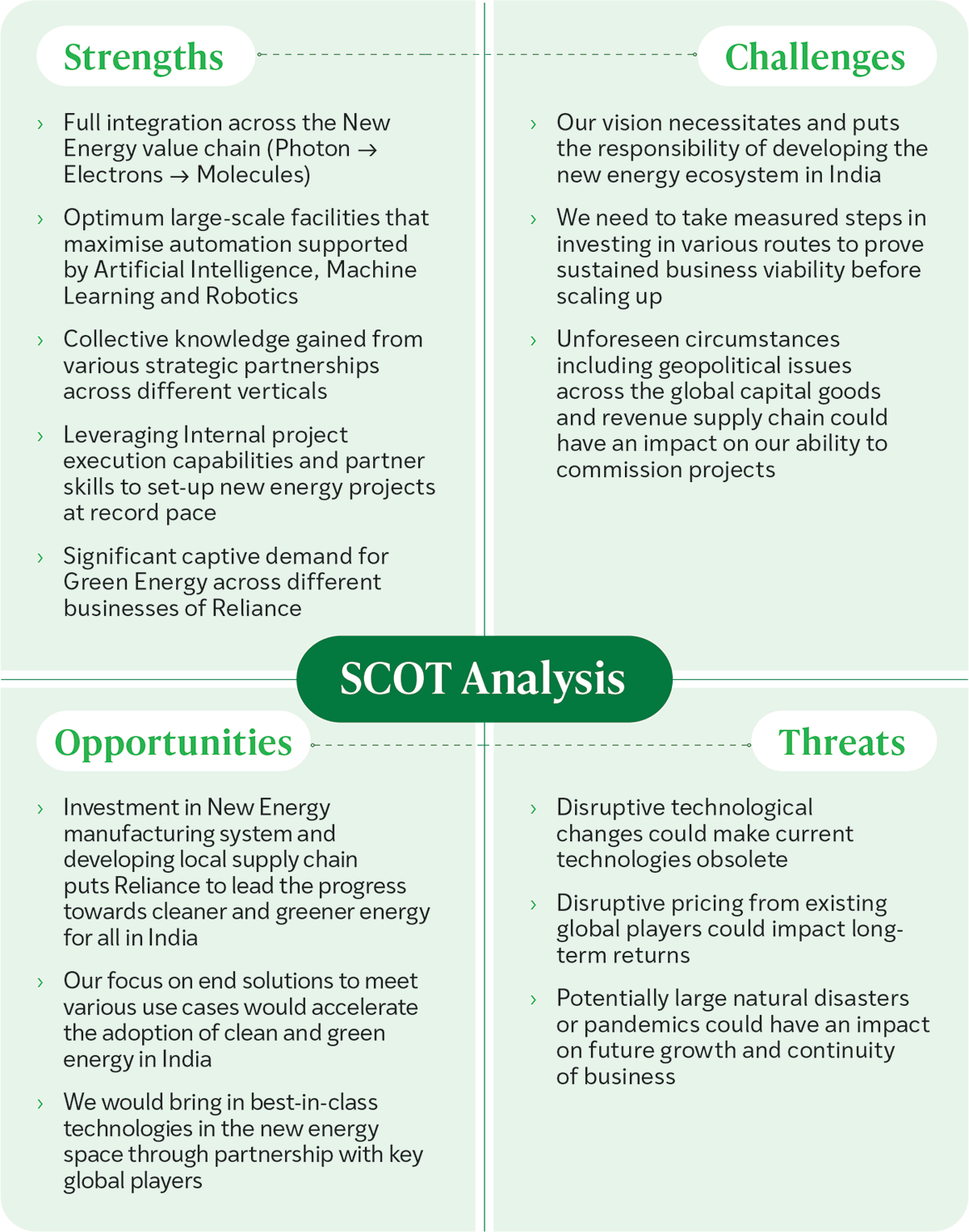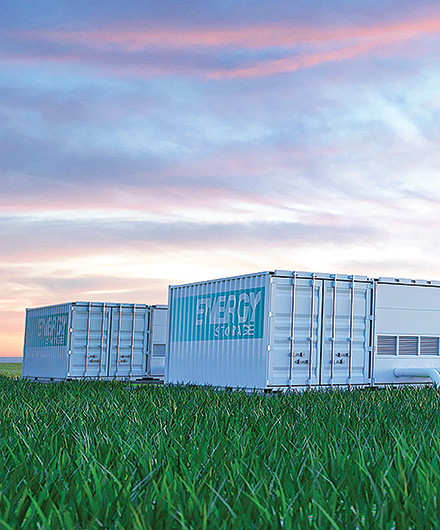Industry Overview
Indian renewable energy sector is
the third-most attractive renewable
energy market in the world (according
to EY Renewable Energy Country
Attractiveness Index).
India targets to commit 50% of
cumulative generation capacity from
non-fossil-based energy sources by
2030 and reduce its emission intensity
of GDP by 45% by 2030 vs the
2005 baseline.
The principal driver and enabler for
India’s Net Zero emissions goal is
reducing dependence on imports and
building supply chain resilience, while
minimising carbon footprint.
The government has put policies and
various fiscal incentives in place to
encourage the demand and supply of
green energy transition technologies in
various sectors.
Global Energy Demand
Global energy demand is likely to
increase to ~204,000 TWh in 2050.
Renewables are expected to have
significant share of incremental energy
demand requiring multifold increase in
current installed capacity.
Global installed renewable capacity is
around 3,300 GW, expected to reach
~11,000 GW by 2030.
Solar and Wind energy generation
are expected to account for nearly
96% of new capacity additions, in the
foreseeable future.
Battery Energy Storage System (BESS)
capacity is expected to reach 945 GW
by 2050 compared to 52 GW in 2022 Hydrogen demand is expected to
increase from current 90 MMTPA to
530 MMTPA by 2050.
Ammonia is on the path to become
a 550 MMTPA market by 2050
compared to 183 MMTPA today.
India Energy Demand
India’s energy requirement is expected
to grow to 15,000 TWh by 2030 and
26,000 TWh by 2050.
India targets to achieve 500 GW of RE
capacity by 2030, of which 280 GW
would be from Solar.
Government’s PM-Surya Ghar Muft
Bijli Yojana (~` 75,000 crore outlay):
for rooftop solar with free electricity
up to 300 units/month for one
crore households.
PM Kusum Yojana for farmers: Target
10 GW RE, to replace off-grid diesel
pumps and solarisation of gridconnected pumps.
India’s Energy storage requirement is
estimated at ~ 74 GW (47 GW BESS
and 27 GW PSP) with storage of
~411 GWh (BESS ~236 GWh and PSP
~175 GWh)
by 2031-32
Uptake of EVs is projected to create
battery demand of ~100 GWh / year
by 2030.
Residential, C&I, Telecom towers
and DG set replacements to drive
Stationery Battery Pack demand
~30 GWh/year by 2030.
India targets 5 MMT GH2 by 2030
with a mission to become a global hub
of GH2 and its derivatives.
Source: BP Energy Outlook, Bloomberg, CEA, McKinsey, PIB, IEA, Ammonia
Technology Roadmap, Broker Research



